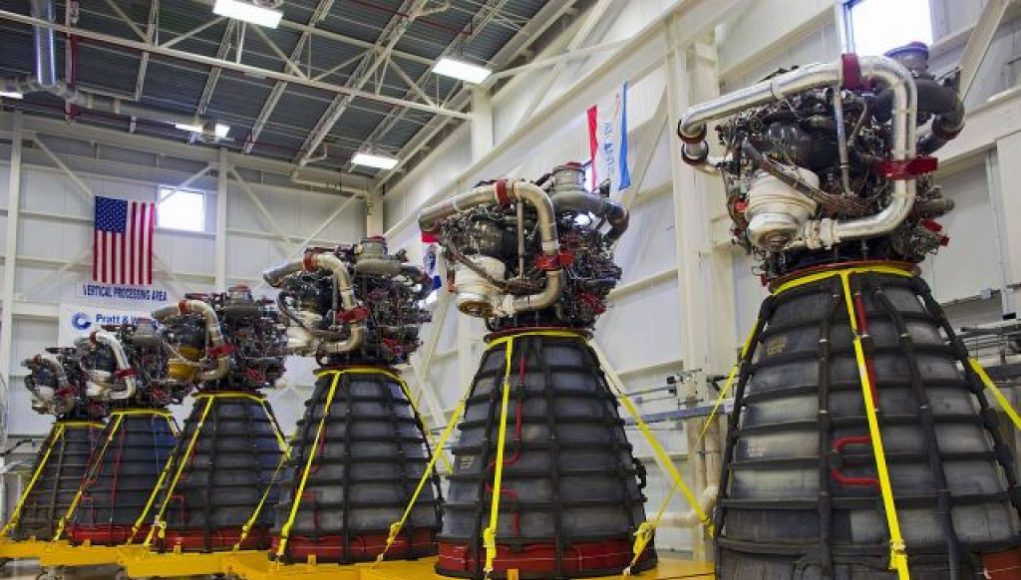Last week, NASA official Jim Free made some waves with his remarks about the agency’s Artemis Program to return humans to the Moon. Speaking before the Aeronautics and Space Engineering Board and Space Studies Board in Washington, DC, Free publicly acknowledged what is widely known inside the space industry: the Artemis III mission, the first to carry humans down to the lunar surface since Apollo, will not happen in 2025. Instead, a more realistic starting target for Artemis III is probably 2028-ish.
But what really caught people’s attention was Free’s assignation of blame for the delay. He pinned the schedule slip on SpaceX, which is developing the large Starship rocket to, in part, serve as a Human Landing System to carry astronauts down to the surface from lunar orbit and back. Free cited SpaceX’s extensive test program to demonstrate the capability of Starship to launch and land, as well as transfer and store propellant in orbit, as the reason for the delay.
However, some have questioned Free’s comments, particularly his criticism of the contract mechanism that NASA used to hire SpaceX and its Starship lander. This may signal some inner discontent at the space agency about its recent shift toward a commercial model of contracting, in which NASA generally pays a fixed price and buys services.
Let’s step back for a moment and consider the absurdity of blaming SpaceX and its fixed-price contract for the Artemis delays. There are several major components involved in a lunar mission, and all of them have been funded by cost-plus contracts. NASA selected Lockheed Martin to be Orion’s prime contractor in 2006, and the agency has been funding the program at an average of about $1 billion a year for the last decade. Orion should finally fly a crewed mission in early 2025—after literally two decades of development. Similarly, NASA has spent nearly $3 billion annually on developing the SLS rocket for the last decade.
So, while Free may have some concerns about SpaceX’s progress, it’s important to remember that delays and cost overruns are not unique to commercial contracts. In fact, the cost-plus model has been criticized for incentivizing contractors to drag out development and inflate costs. Perhaps it’s time for NASA to reevaluate its contracting practices and consider a more balanced approach that takes into account both cost and innovation.
In an ongoing discussion about the most effective way for NASA to contract for its services, an official has claimed that fixed-price contracts are not the right approach for the agency.
John Jaeger, an audit manager of the Office of the Inspector General, believes that NASA should look for alternative methods of contracting for its operations and services. He explained that fixed-price contracts inherently limit the scope of a project and hinder innovation. Additionally, these types of contracts require more upfront research, and extensive performance and cost monitoring throughout the life of the contract.
Furthermore, in an audit of four of NASA’s recent fixed-price contracts, Jaeger found that the projects exceeded the estimated costs by more than 10 percent, as well as missed the required performance milestones. This is consistent with the Government Accountability Office’s findings that NASA continues to rely on fixed-price contracts despite their ineffectiveness.
The Office of the Inspector General has recommended that NASA move away from fixed-price contracts and instead focus on more flexible approaches, such as time-and-materials contracts. These contracts focus on measuring the scope, milestones, and costs of a process after it has been completed. This would allow NASA to take advantage of the innovative ideas of contractors, while also maintaining its desired quality.
Ultimately, Jaeger believes that NASA should be focused on “achieving better outcomes not just buying products”, and that alternative contract methods are the way to do this. By shifting away from fixed-price contracts, NASA can ensure that its projects remain on budget, and that its contractors can continue to be creative when fulfilling their contracts.




















